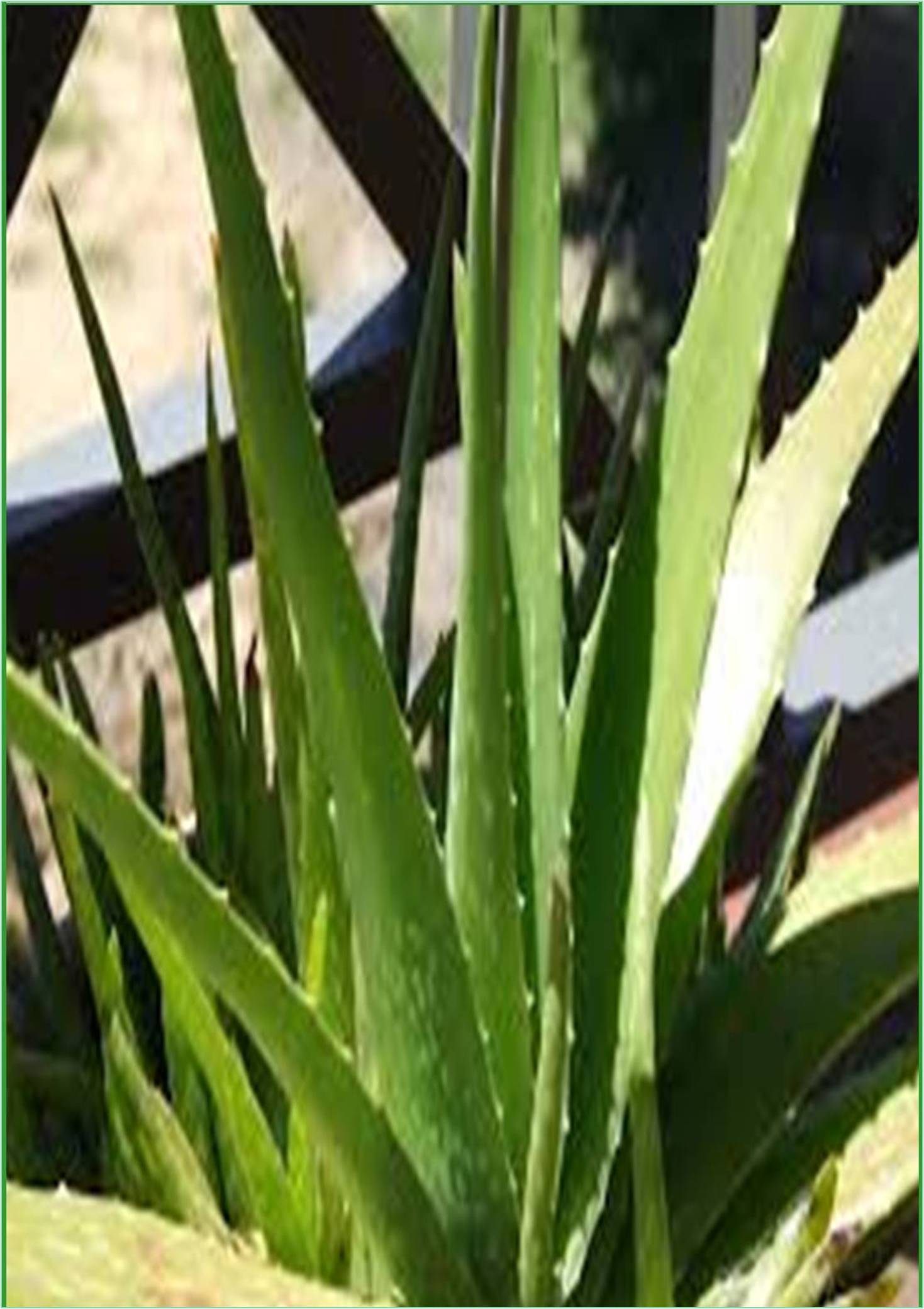



Received: 31-Jan-2022, Manuscript No. GJMPR-22-60336; Editor assigned: 02-Feb-2022, Pre QC No. GJMPR-22-60336(PQ); Reviewed: 16-Feb-2022, QC No. GJMPR-22-60336; Revised: 21-Feb-2022, Manuscript No. GJMPR-22-60336(R); Published: 03-Mar-2022, DOI: 10.15651/GJMPR.22.7.074
Medicinal plants have been used as traditional treatments for several human diseases for thousands of years and in various parts of the world. Still in rural areas of the emerging countries, the people continue to be used as the primary source of medicine. About 80% of the people in developing countries use traditional medicines for any of their health issues. The natural products imitative from medicinal plants have confirmed to be a rich source of biologically lively compounds, several of which have been the basis for the progress of new lead chemicals for pharmaceuticals. With respect to diseases caused by microorganisms, the growing resistance in many common pathogens to presently used therapeutic agents, such as antibiotics and antiviral agents, has led to transformed interest in the discovery of novel anti-infective compounds. As there are approximately 500 000 plant species occurring worldwide, of which only 1% has been phytochemically investigated, there is great potential for determining novel bioactive compounds.
There have been frequent reports of the use of traditional plants and natural products for the treatment of oral diseases. Many plant-derived medicines used in traditional medicinal schemes have been recorded in pharmacopeias as agents used to treat infections and a number of these have been newly examined for their usefulness against oral microbial pathogens. The general antimicrobial activities of medicinal plants and plant products, such as essential oils, have been reviewed previously. The purpose of this research work is to present some current examples from the literature of studies that have served to validate the traditional use of medicinal plants with specific biological activity. In particular, phytochemicals or traditional medicinal plant extracts that have been shown to inhibit the growth of oral pathogens, moderate the expansion of dental plaque, affect the adhesion of bacteria to surfaces and reduce the symptoms of oral diseases will be discussed subsequently. In addition, clinical studies that have studied the safety and efficacy of such plant-derive medicines will be defined. Among all oral diseases, the occurrence of those that have a microbial etiology is supreme in all parts of the world. Numerous traditional medicinal plants have been evaluated for their possible application in the treatment or prevention of oral diseases. A number of studies have considered the activity of plant extracts and products against precise oral pathogens, while others have focused on the capability of the products to inhibit the construction of dental biofilms by reducing the adhesion of microbial pathogens to the tooth surface, which is a chief event in the formation of dental plaque and the advance to tooth decay and periodontal diseases. The stages involved in the development of tooth decay presents the numerous steps that can be targeted by antimicrobial plant extracts and phytochemicals.
There have been numerous in vitro studies that have inspected the action of natural plant substances against oral bacteria. These studies have intensive on bacteria known to be involved in the etiology of oral and dental diseases. Early studies have evidently established that a number of materials had potential to be utilized in the dental industry, given their activity against cariogenic bacteria and those bacteria related with periodontal diseases. Substances that exhibited activity included spice and herb extracts, such as cinnamon bark oil, papuamace extracts and clove bud oil and constituents of these extracts, such as cinnamic aldehyde and eugenol.
As established by the examples included in this research work, there is substantial evidence that plant extracts, essential oils and purified phytochemicals have the potential to be developed into agents that can be used as preventative or therapies for oral diseases. While it is hopeful to see a number of clinical trials of such products, further studies of the safety and efficacy of these agents will be significant to establish whether they offer therapeutic welfares, either alone or in combination with conventional therapies, that can help to reduce the overall burden of oral diseases worldwide. In particular, studies that address issues such as adequate statistical power, blinding, standardization of extracts or purified compounds, and quality control would be of great value.